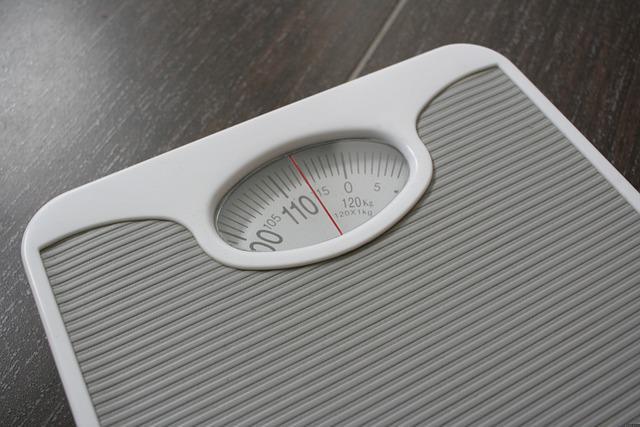Why is obesity so dangerous?

Why is obesity so dangerous?
Excess body fat should not be judged only in aesthetic terms. It should be realised that it is a pathology that threatens metabolic disorders leading to the development of many diseases. Not only is obesity itself a heavy burden on the body due to the need to carry a heavy load all the time (imagine someone always carrying one, two or even three buckets full of fat...), but the physiological disorders to which it indirectly leads are far more dangerous.
Diseases that are a consequence of obesity have been identified. The results of research in recent years show that cancer is much more common in obese people. Women have been found to have a higher risk of breast and endometrial cancer, while men have been found to have colon and prostate cancer. The link between diabetes and obesity has been known for centuries. About 80 per cent of diabetics are overweight or obese. People with significant obesity have a 50 times higher risk of developing diabetes than thin people.
Obese post-andropause people have a 3-fold higher risk of hypertension compared to thin people. Obese younger people (20-45 years) have a 6-fold higher risk of the condition. Obese patients with hypertension have been found to have a 7-fold higher incidence of stroke compared to lean people with normal blood pressure.
Coronary heart disease is closely associated with obesity. The incidence of throbbing, severe pain behind the sternum in men over 40 years of age increases 1.5-fold with low obesity and 2-fold when obesity is severe. In obese women, complaints typical of coronary heart disease may increase during menopause.
Overweight and obesity can be accompanied by disorders of lipid metabolism. These are characterised by increased levels of bad cholesterol (LDL fraction) in the blood and decreased levels of good cholesterol (HDL fraction) and increased serum triglycerides.
Abdominal obesity (male, 'apple' type) is particularly dangerous. It mainly poses a risk of cardiovascular disease. Safer is fat accumulation on the buttocks and hips (female type, "pear" type). It is easier to get rid of abdominal obesity, but the weight loss process can lead to dangerous changes in the blood lipid profile.
Obesity promotes a higher incidence of gout.
Obese people are 6 times more likely to have biliary tract disease than thin people (gallstones are more common in obese women than men and increase with age).
Obese people often have respiratory disorders. They have a highly positioned diaphragm, which reduces its capacity. An obese person in their 40s may have a lung capacity similar to a slim 70-year-old. Impaired respiratory mechanics and lung function lead to hypoxia, which promotes excessive sleepiness and low physical activity, exacerbating obesity. Men with abdominal obesity often have sleep apnoea syndrome and persistent snoring, leading to cardiac arrhythmias. These men often sleep during the day.
Osteoarticular diseases manifesting as hip, knee and spine pain are common.
I recommend:
Impossible to lose weight - what weight loss errors?
- Industry
- Art
- Causes
- Crafts
- Dance
- Drinks
- Film
- Fitness
- Food
- الألعاب
- Gardening
- Health
- الرئيسية
- Literature
- Music
- Networking
- أخرى
- Party
- Religion
- Shopping
- Sports
- Theater
- Wellness
- News


